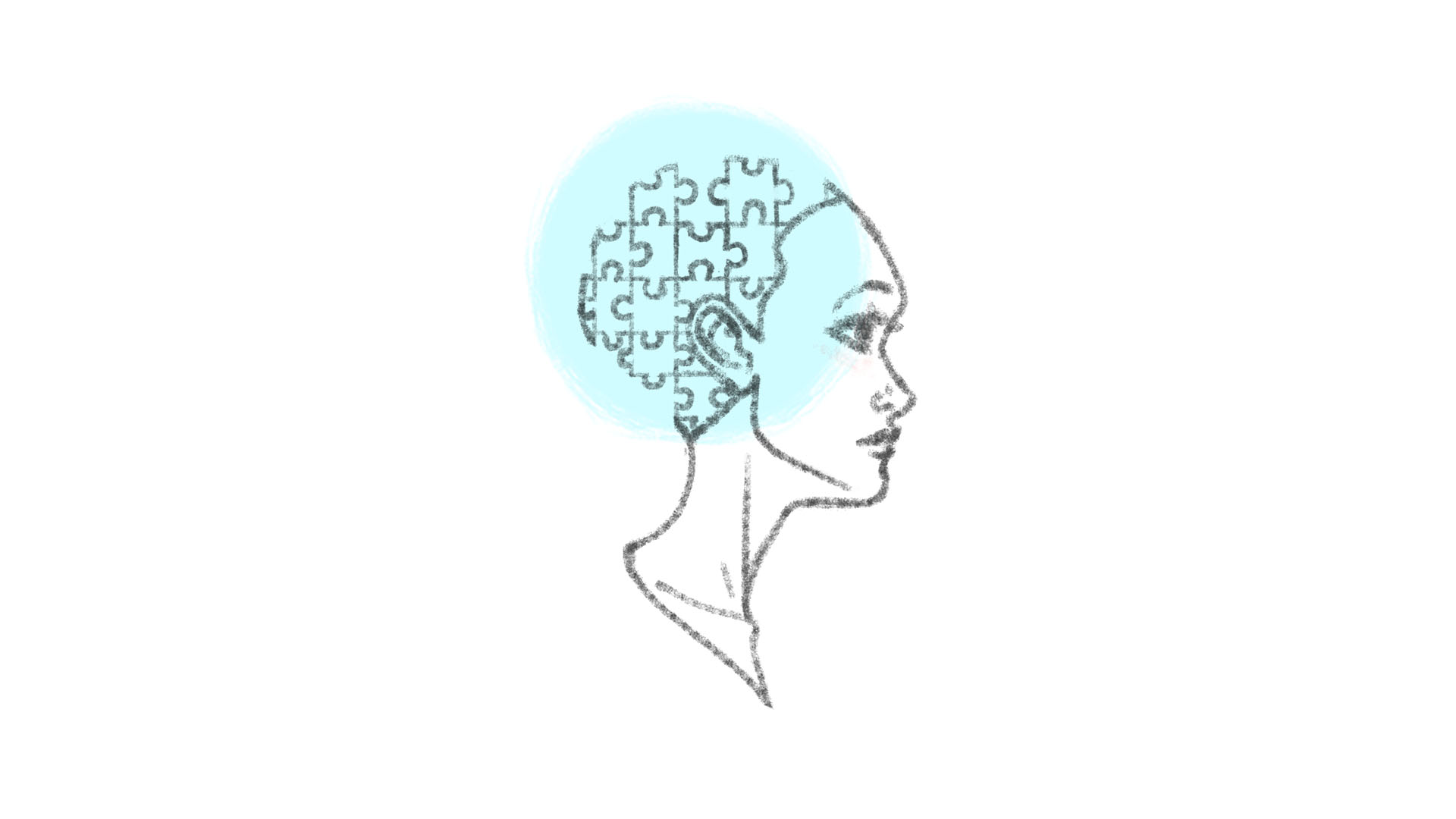In recent years, the term “toxic positivity” has gained recognition, but what exactly does it mean? At its core, toxic positivity refers to the overgeneralization of a happy, optimistic state in every situation, often to the point where negative emotions are invalidated or dismissed. While positivity in itself is not a bad thing, when it becomes toxic, it denies people the authentic experience of their feelings and creates a barrier to true healing and growth.
The Harm of Toxic Positivity
When someone is going through a tough time, hearing statements like “just stay positive” or “it could be worse” may seem like supportive advice. However, these remarks can feel dismissive. They suggest that negative emotions—sadness, frustration, anger—are not valid or welcome. In reality, these emotions are essential to the human experience. They help us process challenging situations, understand our needs, and ultimately grow from adversity.
Toxic positivity can manifest in many ways, such as:
- Minimizing pain: When someone opens up about their struggles, responding with platitudes like “look on the bright side” or “everything happens for a reason” can shut down meaningful conversation.
- Avoiding uncomfortable emotions: Encouraging people to focus solely on the positive without acknowledging difficulties leads to emotional suppression, which can increase stress, anxiety, and feelings of isolation.
- Unrealistic expectations: It creates an environment where individuals feel pressured to maintain a façade of happiness, even when they’re struggling internally, which can worsen mental health issues over time.
What We Can Do About It
To combat toxic positivity, we need to foster an environment that embraces the full spectrum of emotions and supports emotional authenticity. Here’s how we can start:
- Acknowledge All Feelings as Valid: Remind yourself and others that it’s okay to feel sad, angry, or disappointed. Emotions are a natural response to life’s ups and downs, and acknowledging them allows for healthy processing.
- Practice Active Listening: Instead of offering immediate solutions or optimistic reassurances, listen without judgment when someone shares their feelings. Phrases like “That sounds really difficult,” or “I’m here for you, no matter what,” can be much more supportive than trying to “fix” their emotions.
- Avoid Clichés and Platitudes: Steer clear of generic phrases like “just be positive” or “it could be worse.” Instead, show empathy by saying things like “I can see why you’re feeling this way” or “It’s understandable that you’re upset.”
- Support Emotional Expression: Encourage open conversations where both positive and negative emotions are accepted. Share your own experiences of hardship to normalize the idea that struggling is a part of life.
- Cultivate Balanced Optimism: While it’s important to be hopeful and resilient, balanced optimism is about recognizing challenges while still believing in your ability to overcome them. Instead of blindly pushing positivity, focus on solutions and self-compassion.
- Seek Professional Support When Needed: Sometimes, it’s necessary to seek out help from a counsellor or therapist to work through complex emotions. Trained mental health professionals can provide a safe space to explore difficult feelings without judgment.
Toxic positivity often arises from a desire to help, but it ultimately hinders emotional healing. By acknowledging the full range of human emotions and offering support without judgment, we can foster a more compassionate and understanding environment. It’s okay not to be okay sometimes, and embracing this truth is a critical step toward genuine well-being.

